New Orleans St. Louis Cemetery 1 – The Forgotten Ones
Explore St. Louis Cemetery #1 in New Orleans, delving into its rich history and the haunting legacy of Marie LaLaurie, a figure of forgotten horrors.
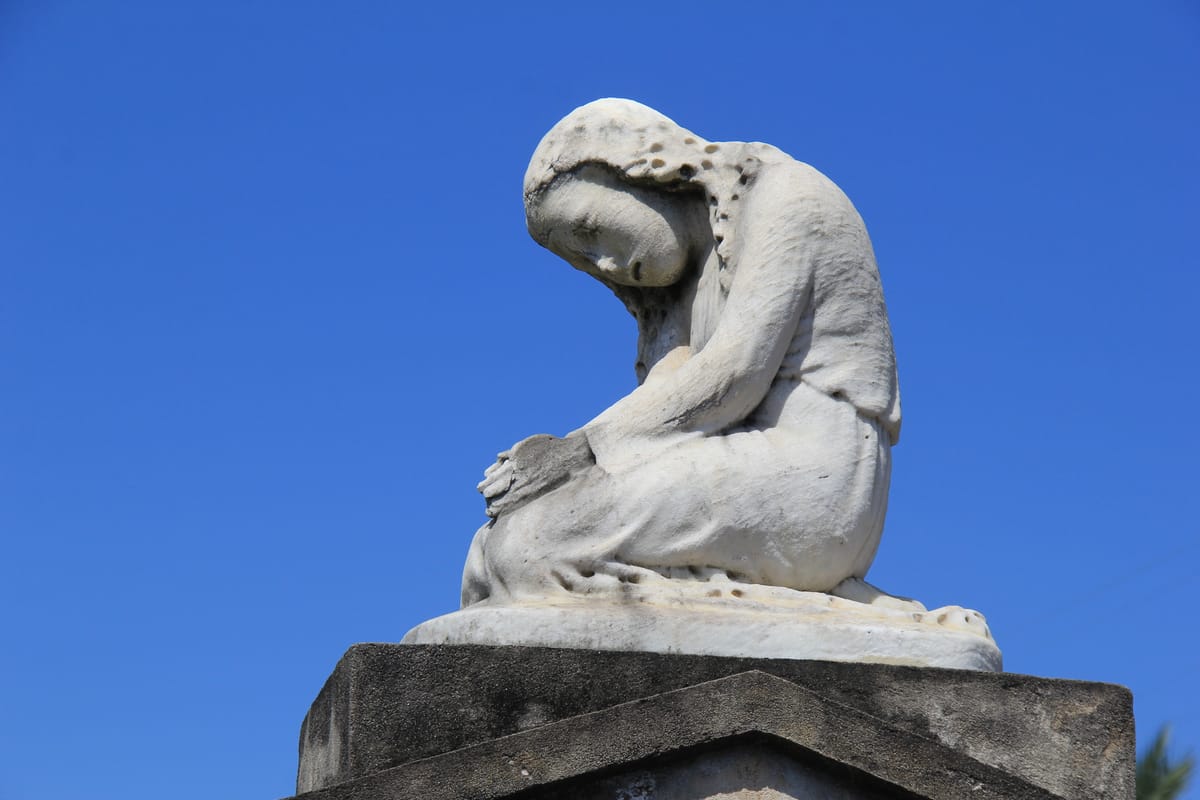
“Write about what should not be forgotten.” Isabel Allende
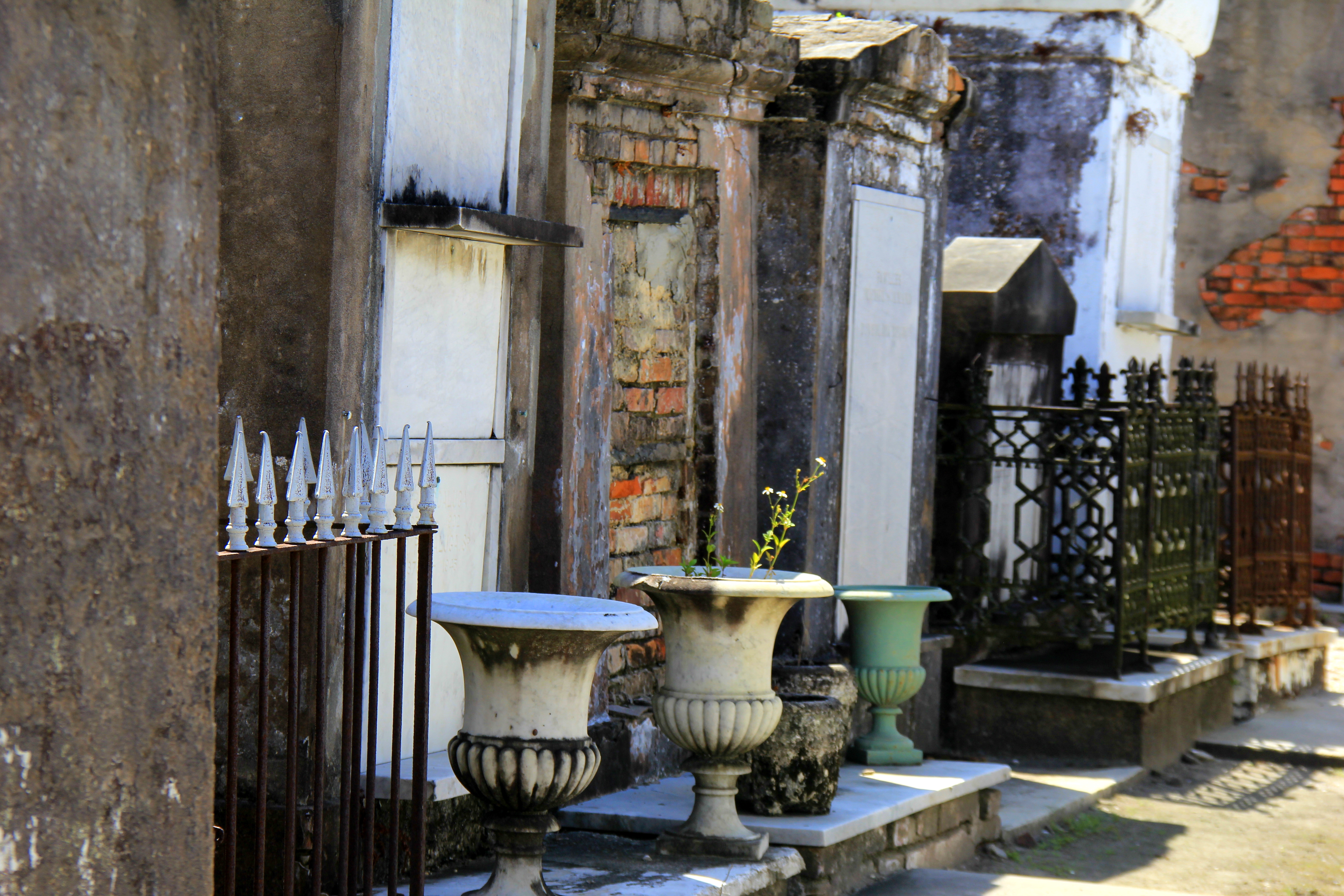
I adore cemeteries, just ask anyone who knows me. They’ll shake their head, roll their eyes, and laugh a little. But then, if you’re willing to listen, they’ll tell you all about my affinity for graveyards. Needless to say, when I vacationed in the heart of New Orleans this past summer, I planned on visiting St. Louis Cemetery #1. I wanted to spend time, just wandering among so many rows of ancient stones. It was way up there, at the top of my ‘ must do, can’t miss ‘ list.
No matter where I travel, I feel the compulsion to track down these peaceful plots of land that are marked with old, weathered headstones. I’m drawn to hallowed ground that embraces a good deal of history, showcases faded words etched across the face of each tablet, and throws in a scary ghost story or two for good measure. St. Louis Cemetery #1 embodies all of that, and then some.
St. Louis Cemetery #1
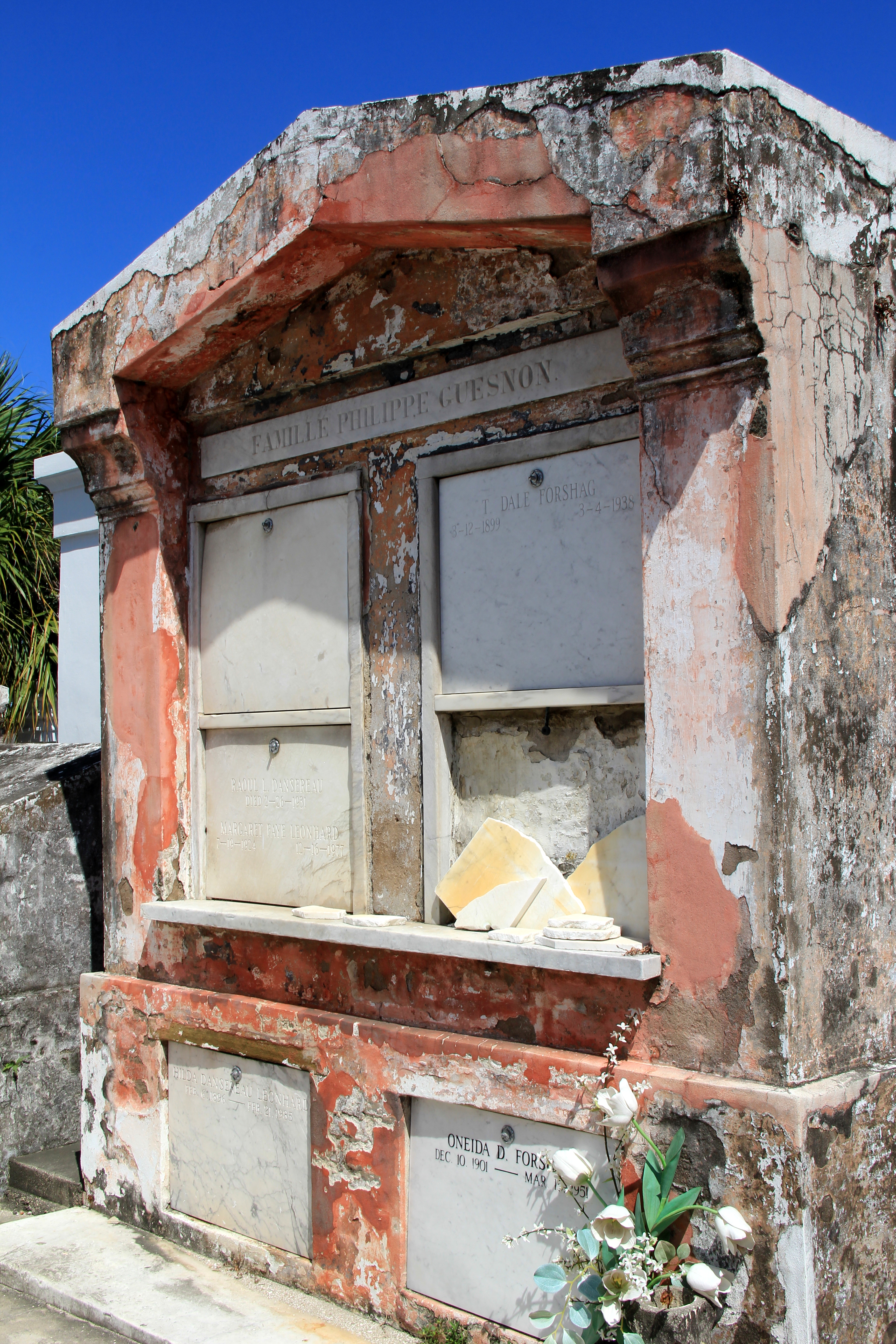
Located just blocks from the French Quarter, at the corner of St. Louis and Basin Street, St. Louis Cemetery #1 is the oldest of seven municipal, city operated cemeteries in the Big Easy.
Due to vandalism in the cemetery, new rules have been issued by the Archdiocese of New Orleans, stating that every single visitor must now be accompanied by a licensed tour guide. I’m not happy to hear that, as I usually like to walk through by myself. This way, I’m able to take all the time I want, to read stones and glean a bit of rich heritage along the way.
Our tour guide is fine, don’t get me wrong.
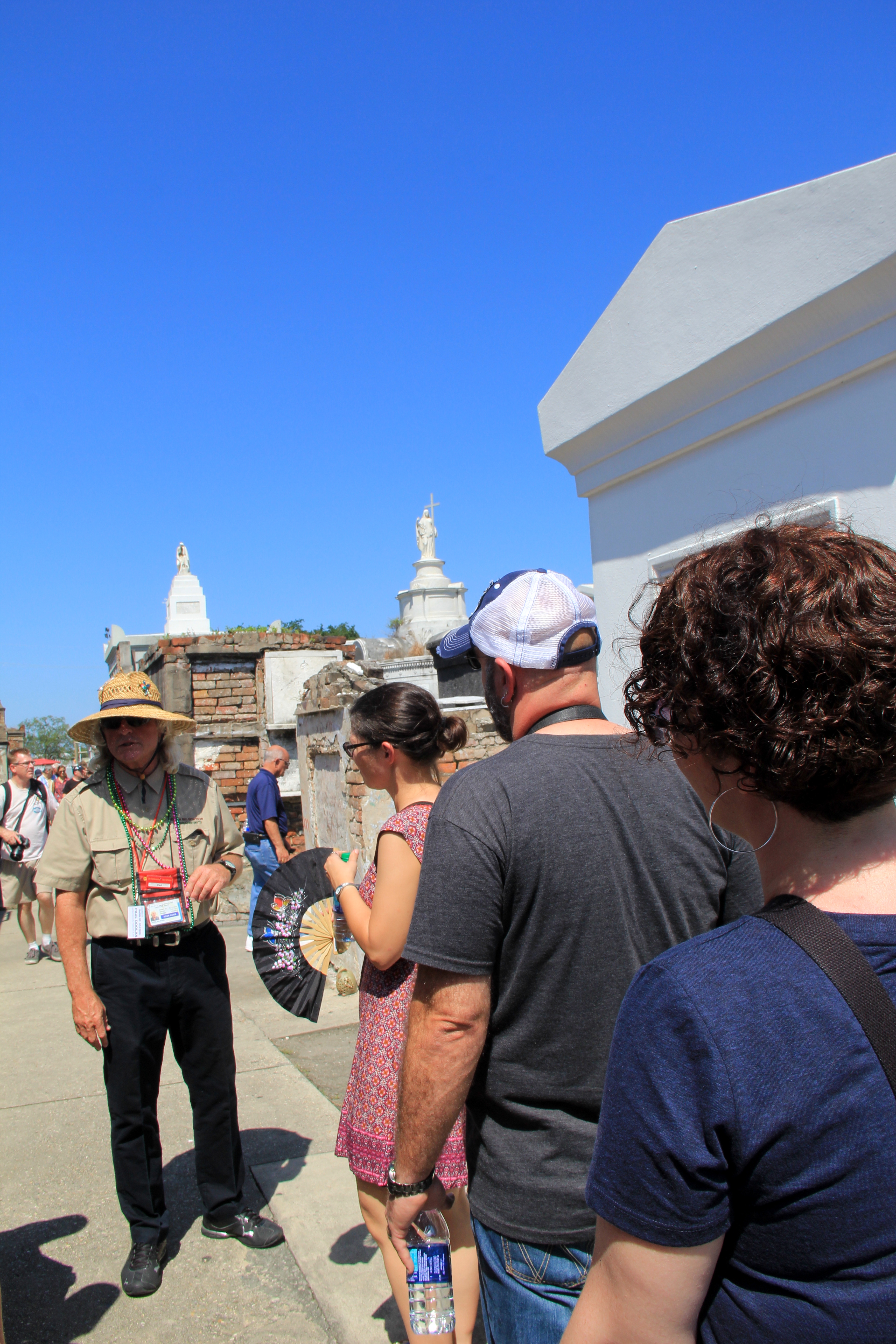
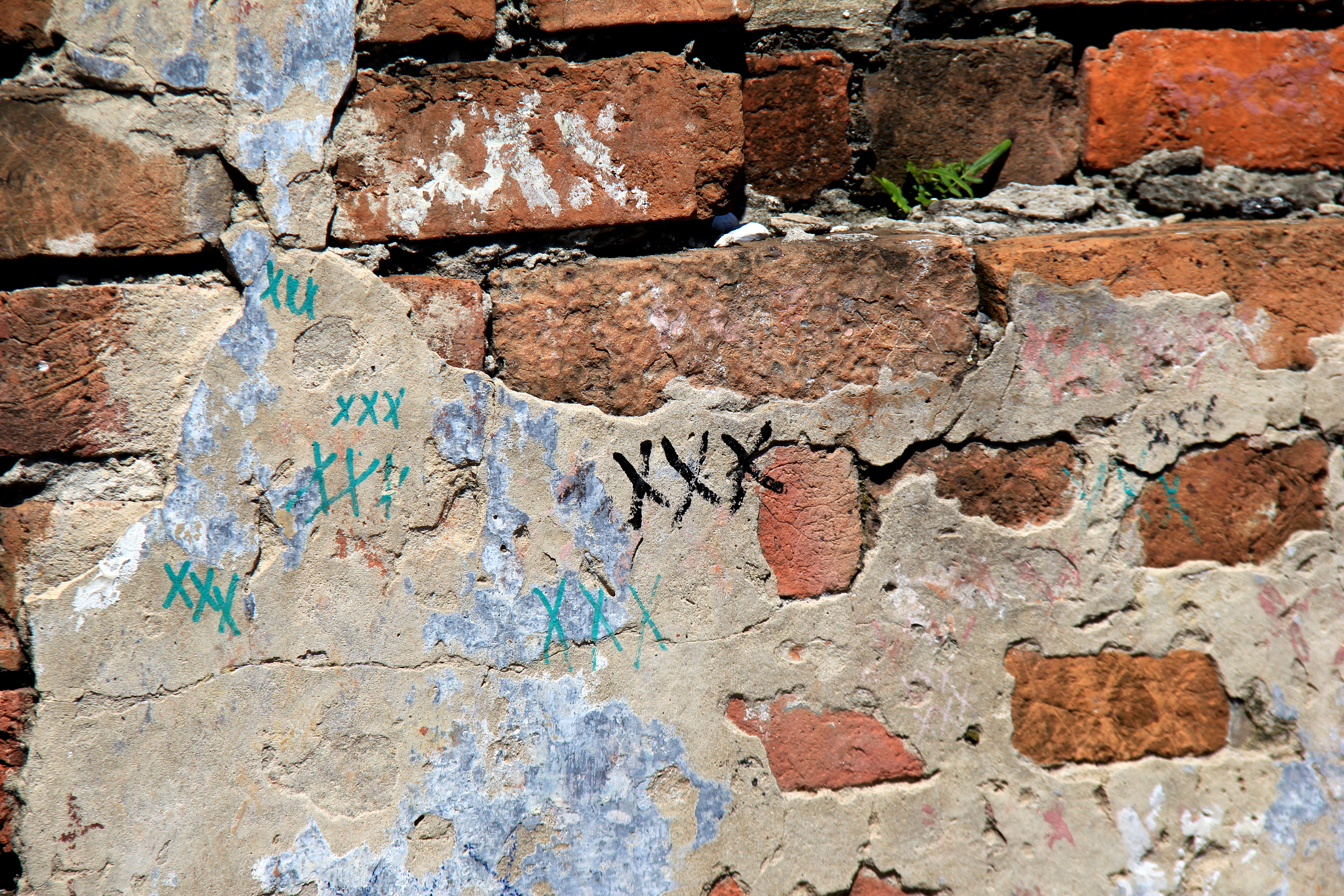
He shows us impressive, brick and stone mausoleums of high society families. He points out various trinkets, left at the base of some graves, and makes certain to talk about a trio of x’s scrawled on the side of brick and mortar headstones.
Our tour group stands in front of the Voodoo Queen’s (Mistress Marie Laveau) grave, and collectively gawks at the pyramid – shaped memorial belonging to actor Nicolas Cage. This odd and ugly monstrosity sticks out like a sore thumb ~ and the guy’s not even dead yet!
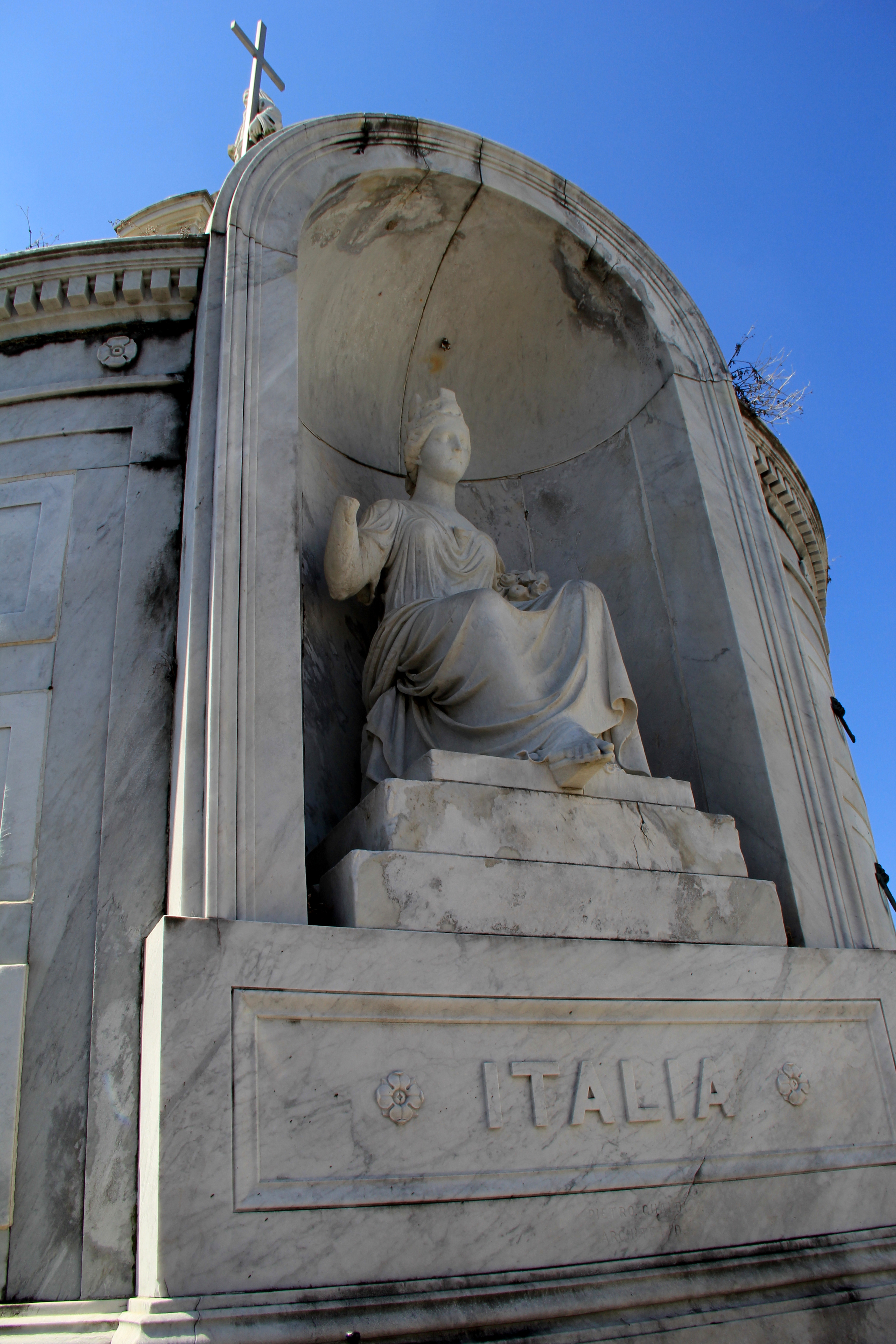
The St. Louis Cemetery #1 is one of three Roman Catholic cemeteries that make up the St. Louis Cemetery.
It’s comprised of different sections for the burial of New Orleans Catholic, non-Catholic, Protestant, and “Negroes” – a term which refers to slaves, rather than the city’s ‘free people of color’ population.
Some History
Due to the problem of flooding, the ground in this haphazard labyrinth is covered with inches-deep sand and white-washed shells. Both have been added over the years, in hopes that they’ll help support the swamp-like terrain of the cemetery. As our group walks through New Orleans most visited burial site, we can hear the crunch of shards beneath our feet.
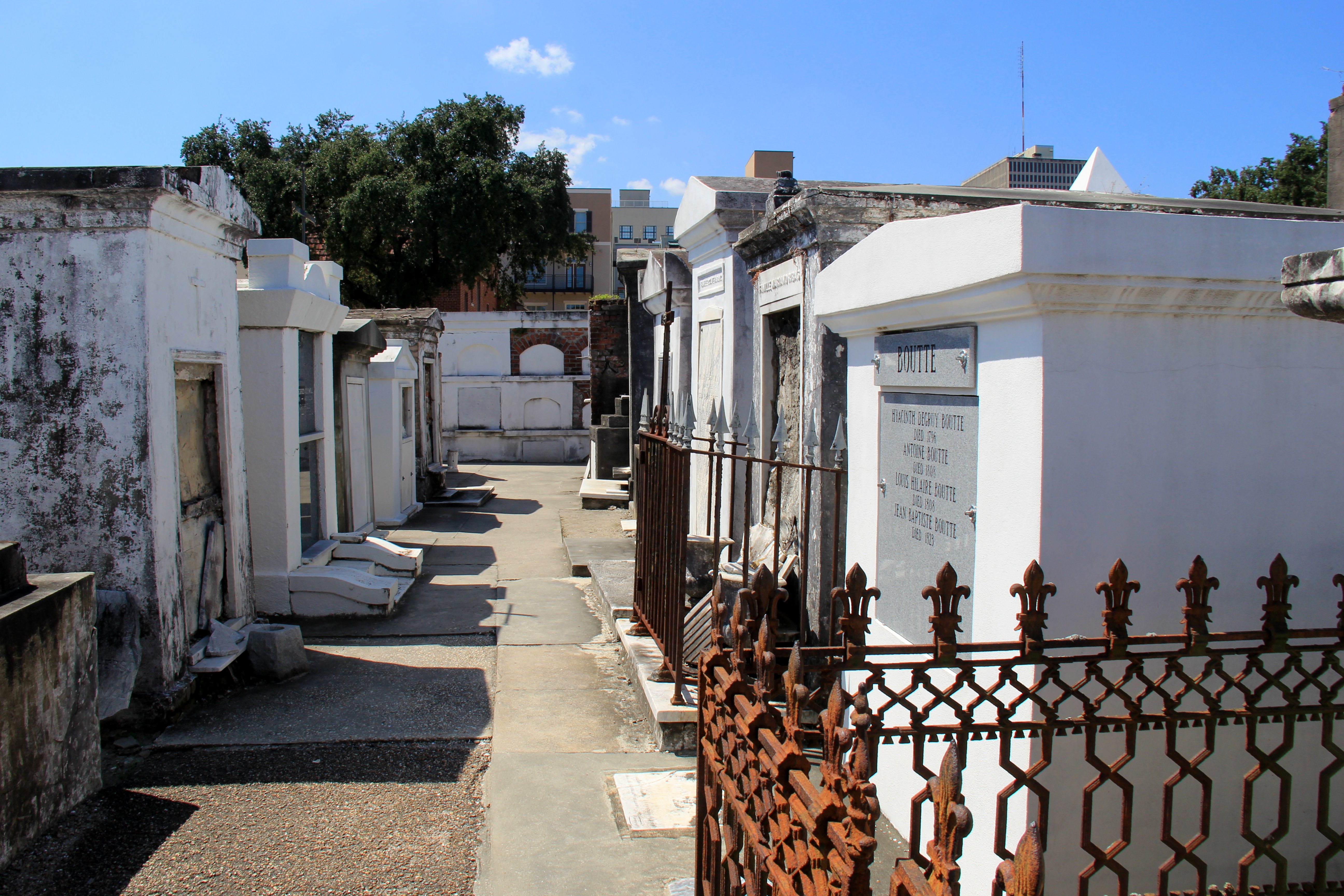
“In this one city block,” our guide explains, “there are more than 700 tombs and over 100,000 dead souls.” We shake our heads – not only is the fact amazing, it seems unfathomable!
In the old days, New Orleans’ deceased were placed in wood coffins, positioned within rectangular openings of the family’s above-ground vault, where they’d remain untouched for a year and a day. Coffins would be removed on day 367, remaining bones placed in a bag, then marked with the person’s name, and thrust to the back of the chamber. Preforming this ritual left room for the next family member who might pass on.
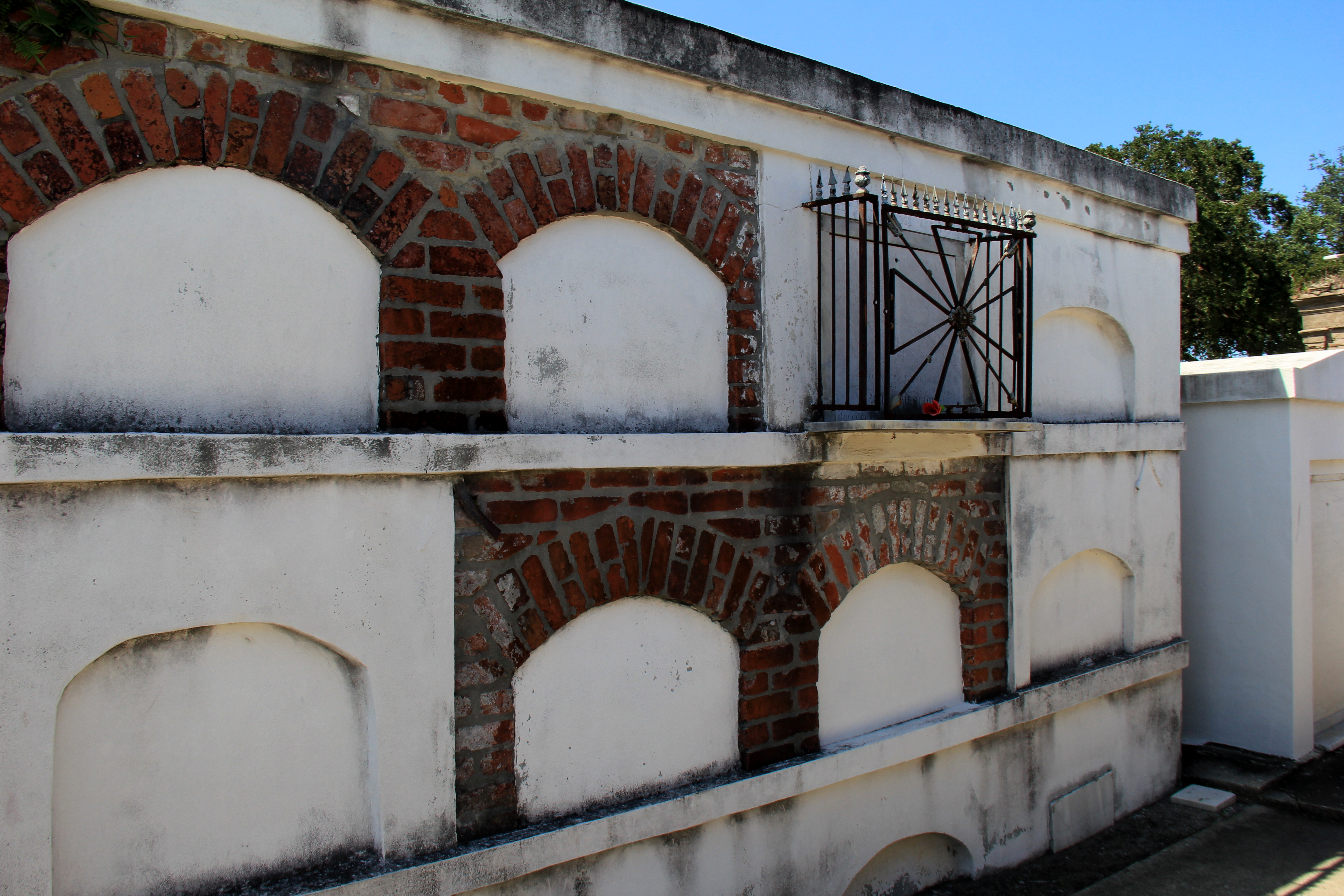
We learn a bit about 1853, when nearly 8,000 die from the dreaded Yellow Fever epidemic. Between 1817 and 1905, the number rises to 41,000. A mosquito-borne viral disease, it does not care about sex, age or race. It’s aggressive, pouncing on all of them.
As we leave the cemetery and climb back onto our hop-on-hop-off bus this sultry afternoon, we can’t stop talking about our visit, and everything we’ve seen and heard on the tour. There’s even some humor, spread out between the dry history lessons. I feel like I’ve satisfied my ‘cemetery fix.’
What Should Not Be Forgotten
Until I get home. Upon further research, I discover some heartbreaking details we hadn’t heard a whisper about a month or so ago. I’m surprised, as I consider them to be the most important.
The world isn’t always pretty, we know this. There are so many unsavory, emotional topics that make us uncomfortable to talk about. Regardless, I feel robbed of an important experience, and sorrow, over being lead right past a darker history that may be buried in Alley 4 of Cemetery #1.
In 1930, Eugene Backes, one of the caretakers of Cemetery #1, discovers an old copper plate, while walking through Alley 4. An inscription on the plate is translated to this: “Mrs. Marie LaLaurie, born Delphine Macarty LaLaurie, died in Paris on December 7, 1842, at age 67.”
Even though the plate isn’t affixed to a specific tomb, and the precise location of the crypt is unknown, most believe that Marie LaLaurie is indeed buried in the city’s oldest cemetery.
So, what’s the big deal, who cares where she’s buried, and who the heck was she, anyway? How about a serial killer?
Marie LaLaurie
Regardless of the fact her first two husbands have died under suspicious circumstances, New Orleans’ affluent dentist, Leonard Louis Nicolas LaLaurie becomes the third to fall for her charms. Six years after the marriage, Marie LaLaurie builds a three story mansion, with slave quarters attached to the top floor of her elaborate home.
Marie was born into high society and is already well-known throughout the city. She hosts extravagant parties, galas and balls. Supposedly, she’s charming to guests and is considered a perfect hostess in the elite circles of New Orleans.
But, underneath all of that loud personality, rumors about a darker side spread like wildfire. People talk about Marie LaLaurie’s violent temper, sometimes aimed at her children, more often directed at the slaves. Many whisper that she beats and tortures her servants. Others believe she’s murdered more than a few.
The Stories Spread
The rumors become rampant prompting an investigation into the allegations. Nothing comes of it. So, Mrs. LaLaurie continues the horrendous treatment of her slaves.
Then, more stories circulate throughout the French Quarter. Now, they’re even more nightmarish. An elderly female slave is chained to the kitchen stove, and LaLaurie’s daughters are thrashed when the lady of the house catches them trying to feed the starving help.
A neighbor witnesses a 12 year old slave child fall to her death from the roof of the three-story mansion. While combing out LaLaurie’s hair, young Lia tugs on a snarl, by accident. Marie chases the youngster into the courtyard with a whip, then up onto the roof. The frightened child backs away from her master, loses her footing, and tumbles to the ground below.
The young slave’s demise prompts yet another investigation. This time it offers up concrete evidence of LaLaurie’s mistreatment of slaves. She’s fined $300, a hefty sum in those days, and the city forces her to give up ownership of nine other slaves. In an underhanded, shifty move, she buys the slaves back, hiding under another identity, and brings them back to her mansion of torture, the very next day!
April 10th, 1834
It’s the fire that ultimately does LaLaurie in. On April 10th, 1834, neighbors notice billowing smoke and call fire officials and police. Racing into the mansion, before it’s totally engulfed in flames, rescuers scream out, searching for trapped and injured occupants. To their shock and dismay upon entering the kitchen, they discover a 70 year-old woman, chained to the stove at the ankle. Frantically, they cut through the heavy manacles, and rush her to safety. The elderly slave admits to starting the fire herself, confessing her desire to die, rather than face punishments awaiting her “upstairs.”
The crowd surrounding the house outside asks where the rest of LaLaurie’s slaves are, wouldn’t they be helping to put the fire out? Marie admonishes the crowd and demands help in removing her valuables from the burning structure. When laymen try to enter the mansion, hoping to rescue slaves that might be on the 3rd floor, she refuses to give them keys to their quarters. The group pushes past Marie and, with super- human strength, breaks through bars to the attic and kick down doors to save anyone they possibly can. They are not prepared for what they find.
The New Orleans Bee, published on April 11th, 1834, describes the horror behind any charm or good-will LaLaurie slathered on members of the city’s elite;
“ Upon entering the quarters, they found seven slaves, more or less horribly mutilated…suspended by the neck, with their limbs apparently stretched and torn from one extremity to the other. The floor was sticky with old blood and slick with puddles of…gore.”
When the news became widely known an angry group of people meted out some justice of their own. After they were finished, only the walls of the LaLaurie Mansion remained.
The Forgotten Ones
No one really knows what became of Marie LaLaurie. Some say she remained in the city, at an undisclosed place. Others believe she fled to Paris, to escape punishment after a harsh trial. Everyone seems to agree that this evil woman did not want to answer for her unspeakable crimes against humanity. The copper marker in Alley 4 suggests she ended up buried in the hallowed grounds of Cemetery #1.
In the weeks after the fire, Marie’s land is excavated by authorities. Numerous bodies are discovered, strewn about the property. Her well is dug up and the heartbreaking discovery of a young child is found, among other mutilated bodies, at the bottom. All told, it’s suspected LaLaurie tortured, maimed and murdered up to 100 unfortunate slaves.
I am distressed, wondering why we weren’t told of this horrific page in New Orleans’ history. Seriously. The house has changed hands several times and is thought to be haunted, but still exists. I would have made it a point to walk by.
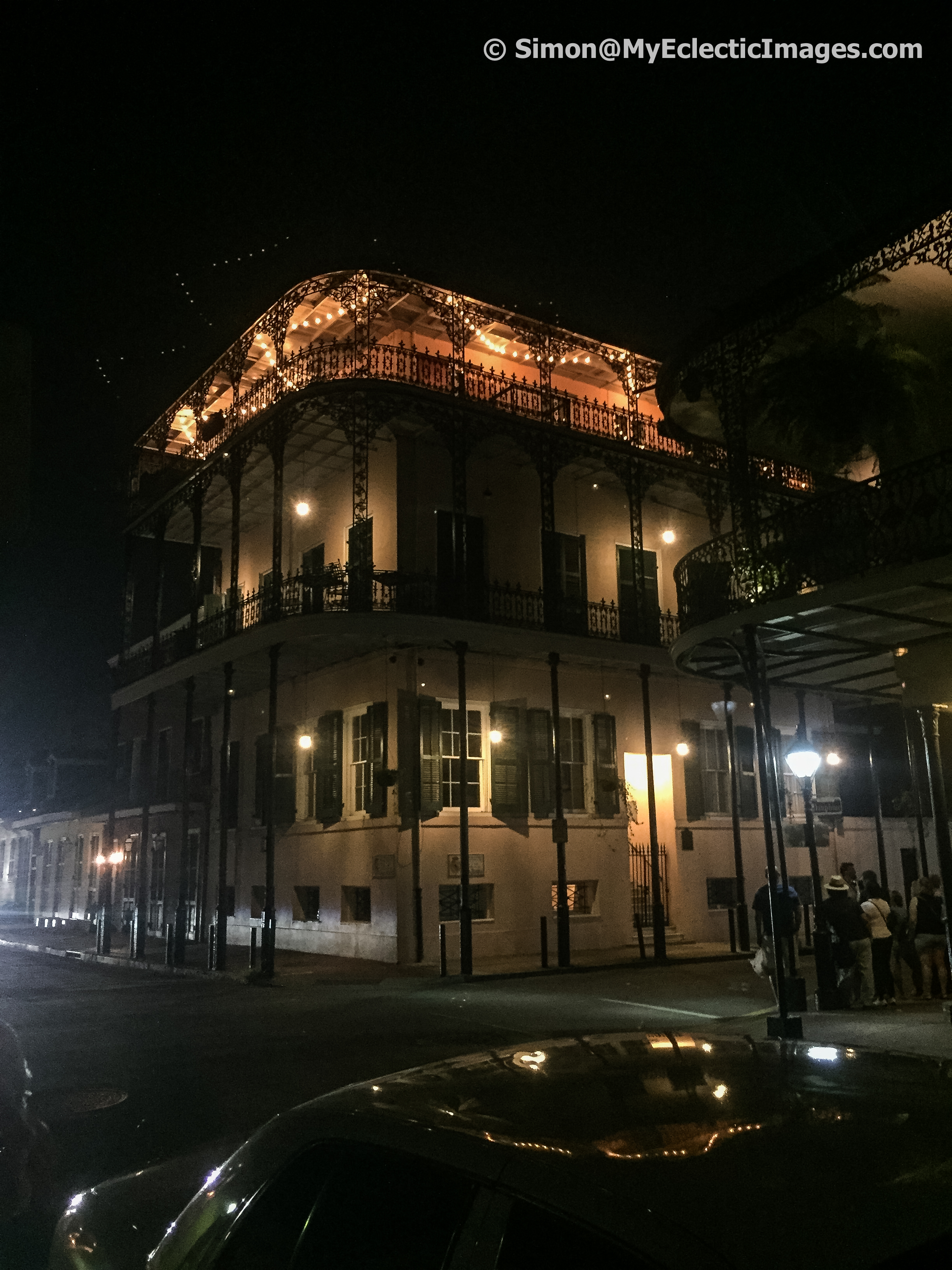
I could have stood still, in disbelief and sorrow, gazing up into the mansion’s new windows, thinking about that terrible past. I’d have honored those human beings, the ones that suffered under the hands of an unholy woman who thought it was her right, to inflict such pain and death.
I already know I’ll be traveling back to Cemetery #1 again. I do not want to remember her. Yet, I will look for Alley 4 and the copper plate that marks Marie’s life and death. I will not be thinking about her. Instead, I will mourn the slaves, those helpless people that suffered by her hand.
They will not be forgotten.
Thank you to Simon Lock for supplying the photo of LaLaurie mansion. Simon Lock is a freelance photographer focused on capturing images while traveling with his wife, a travel blogger. His photographs can be seen on MilesGeek, http://sixlegswilltravel.com, http://instagram.com/myeclecticimages and http://photos.myeclecticimages.com.
All other images used in the article are by the author, Theresa St. John.




